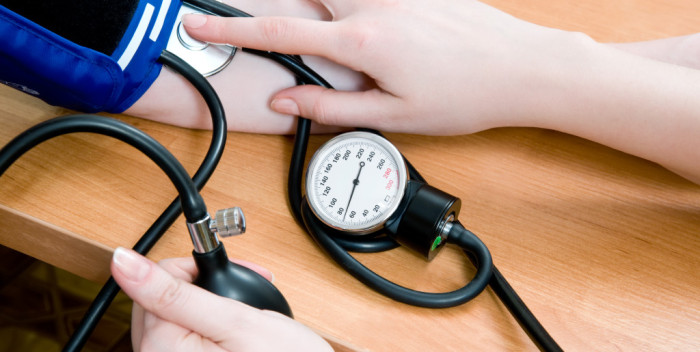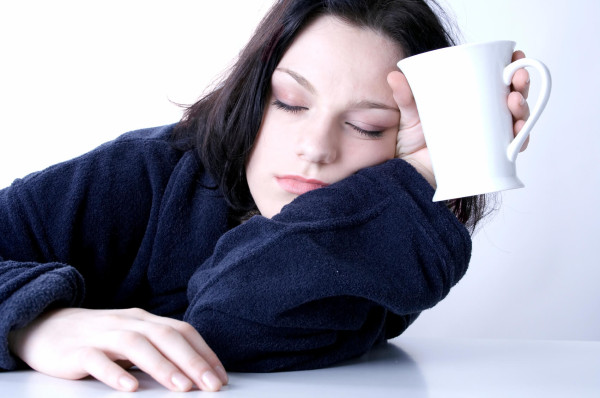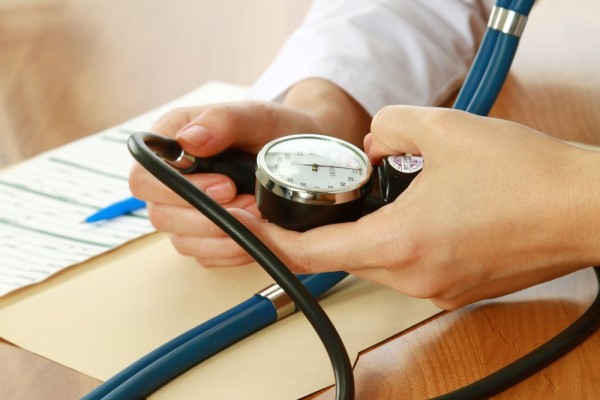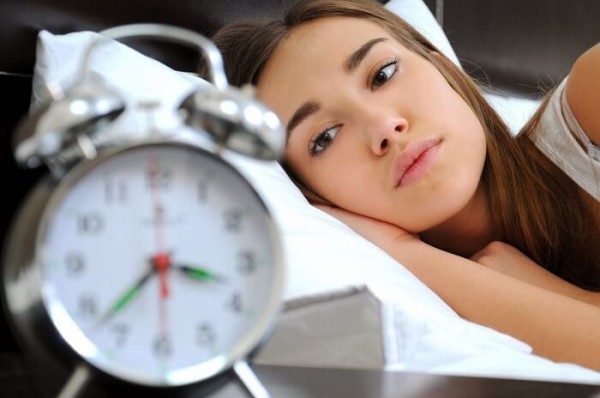Hypotension: causes, symptoms, treatment
Dizziness, drowsiness, fatigue, vision problems are all symptoms of hypotension. According to statistics, women are more subject to the disease than men, and the diagnosis of the disease occurs both in childhood and in old age. What is this ailment, how to recognize it in time and how to fight it correctly - we will tell you in this article.
Content
What is hypotension
This is a permanent or temporary low blood pressure. The complexity of the disease is that it is often difficult to identify it even for the patient himself, since in order to recognize the disease, you need to measure the pressure, and the symptoms themselves can be blurry and imperceptible.
Hypotension reasons
There are many reasons why hypotension may appear, since the reasons for a drop in blood pressure can be very different. However, among the common reasons, experts note the following:
- Stress and prolonged stay in states that traumatize the psyche. The reason is not entirely one-sided, because the body can react to a similar state not with reduced, but with increased pressure, then it manifests itself hypertension.
- Another reason for the disease is neurocirculatory dystonia. This is a whole "bunch" of diseases of the cardiovascular system. According to experts in this field, in 80% of cases, this ailment turns into a diagnosis of hypotension.
- Hypotension can be a consequence of certain diseases, for example: hypothyroidism, infectious lesions, tumors, both benign and malignant, back problems, heart failure, etc.
- Heavy bleeding leads to low blood pressure.
- Avitaminosis, especially the deficiency of vitamins E, C and B.
- Poisoning, serious injury and anaphylactic shock.
- The consequence of long exhausting diets.
- Regular intake of certain medications can trigger low blood pressure.
- Sudden pressure surges in the atmosphere and a change in weather can serve as a change in pressure.
These are just some of the reasons why the pressure can fall below normal levels. By the way, the pressure is considered lowered below the level of 100/60.
Hypotension symptoms
If the pressure decreases for a physiological reason, then the person may simply not notice the symptoms, but in other situations the symptoms will depend on the genesis of the pathology:
- Orthostatic hypotension. The symptoms are especially pronounced in elderly people. The decrease in pressure occurs within a short period of time when the patient sits down or gets up from a lying position. Symptoms are as follows: dizziness, heart failure, vision problems, staggering gait - a person may even fall. In some cases, panic attacks and fainting may be recorded.
- Postprandial hypotension. This form of blood pressure problem is more typical for healthy people and is often noted in old age. After a meal, low blood pressure may be recorded for two hours. If a person does not have any other diseases, then he may not notice the symptoms at all. Although in some situations this type of hypotension is manifested: nausea, weakness, impaired vision, consciousness and speech.
- Hypotension due to stress and overwork. Often such hypotension is recorded in people who are overly keen on sports, as well as those who have a diagnosis of diabetes mellitus and other circulatory problems. Symptoms of this type of hypotension: dizziness, a feeling of weakness, darkening in the eyes, weakness in the legs, they also say "cottony" legs.
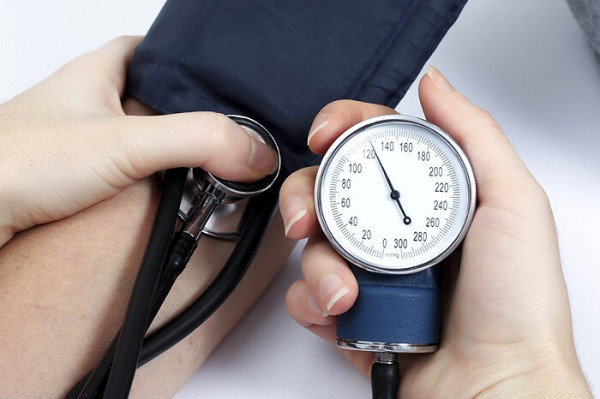
- Essential hypotension is often diagnosed in young women. The stability of the signs is noted, and the symptoms include: the appearance of a feeling of cold or heat, headache, depressive states and states of anxiety, panic attacks and fainting, shortness of breath, in men these symptoms are added potency problems... Such hypotension has a wavy character, i.e. it can arise against the background of changes in the weather, with high psychological stress and subside when negative factors go away.
- Secondary hypotension appears against the background of other diseases, therefore, the symptoms of the underlying ailment always come out ahead, and the symptoms of hypotension are almost invisible. As a rule, it manifests itself in the form of increased sweating of the palms and feet, pain in the head, weakness and drowsiness.
Hypotension in children
Given the statistics, hypotension in children, unfortunately, occurs more and more often, and boys are less susceptible to the disease than girls. There are several reasons for the appearance of such health problems:
- Genetic predisposition. In fact, scientists have not identified the gene that would be responsible for the transmission of "hereditary pressure", but empirically it was noticed that children whose parents had problems of this kind, suffer from similar pressure more often than otherwise. In 30-50% of the disease is inherited from the mother and 20% from the father. If the mother has hypotension in the perinatal period, then the crumbs are more likely to adopt the ailment.
- Age. Hypotension is often diagnosed in children during puberty, since adolescents are most susceptible to stress and anxiety.
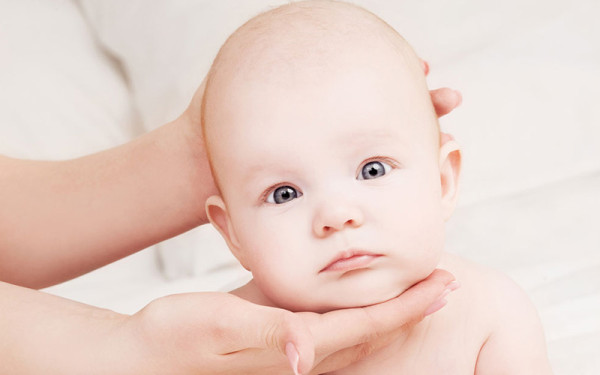
- Individual psychological characteristics. It was revealed that among children suffering from hypotension there are more of those who have a hypertrophic sense of duty, overestimated self-esteem and other psychological problems.
- Chronic pathologies. The more often a child is sick and the longer the list of his chronic diseases, the greater the risk of developing problems with blood pressure.
- Constant stress, mental fatigue, poor living conditions, a negative psychological climate in the family and a sedentary lifestyle - all these factors also refer to the causes of hypotension.
Sometimes hypotension can be quite expected, this applies to cases where it acts not as the main disease, but as a symptom for another ailment.
You can understand that a child has hypotension by the following symptoms:
- fainting;
- bleeding from the nose;
- feeling of lack of air;
- joint and muscle pain;
- such children have a problem with traveling in transport;
- an incomprehensible increase in body temperature without other symptoms;
- heart problems;
- disrupted work of the digestive system;
- memory disturbances;
- disturbed work of the central nervous system: pains in the head appear, mental abilities deteriorate, instability in terms of emotions appears, etc.
Hypotension treatment
High-quality treatment should take into account the factor that caused the onset of the disease. After identification, it is necessary to eliminate the cause, and then fight the symptoms. General recommendations for the treatment of hypotension:
- Normalize your sleep and wakefulness. Healthy sleep should last at least eight hours, and during wakefulness, no serious stress, everything only in a moderate volume and pace. If we talk about hypotension, then ideally sleep should be nine to eleven hours. Sleeping with hypotension is useful with a raised headboard; it is highly undesirable to be in a horizontal position for a long time.
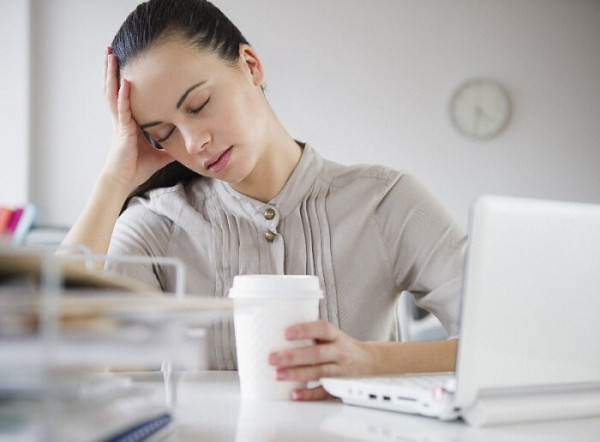
- Bring your food back to normal, switch to a fractional meal variation. Eat more often, but in smaller portions. Prefer light foods that are warm, but not cold or hot. Breakfast should be as nutritious as possible and collected only from healthy ingredients. Porridge, coffee or sweet tea with nutritious sandwiches are especially welcome. The maximum amount of salt consumed is up to 20 g, if there are no other contraindications for that. Drink at least two liters of water a day, and give up alcohol altogether.
- Get massage sessions regularly.
- Perform a set of physiotherapy exercises that your doctor prescribes for you.
- Various water procedures and physiotherapy show good results in the treatment of hypotension, about which you can ask your doctor in more detail.
- Do light morning exercises, this will warm up the muscles and saturate the body with oxygen.
- It is very useful for hypotension in the morning. cold and hot shower, the optimal duration of which is about seven minutes.
With the permission of the doctor, you can use traditional medicine in the treatment.
- Tinctures of immortelle, radiola rosea, prickly tartar, ginseng, echinacea, lemongrass, leuzea have a good effect on the treatment of hypotension.
- Stir 50 g of natural ground coffee, juice squeezed from one lemon and half a kilogram of honey. This mixture is great for raising pressure when needed.
- Pour ten grams of dry immortelle with a glass of water and boil in a water bath for a quarter of an hour. Strain and drink a third of a glass before meals.
- Pour 50 g of prickly tartar with half a liter of boiling water and cook for about ten minutes, then leave the finished product for about an hour. Reception is carried out on a large spoon several times a day.
- Grind a lemon and a pound of dried fruits (dried apricots) into a total mass. Add four large spoons of honey and stir. This delicacy perfectly improves the functioning of the heart and blood vessels, normalizing blood pressure.
- Freshly squeezed celery juice is useful for hypotension. He drinks a couple of large spoons in the morning and evening.
- Strong sweet tea, with chopped ginger added to it, raises pressure well.
